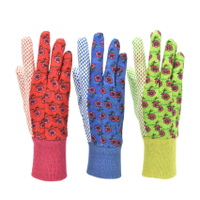9 ways to upgrade your yard this spring
How to get your outdoor space ready
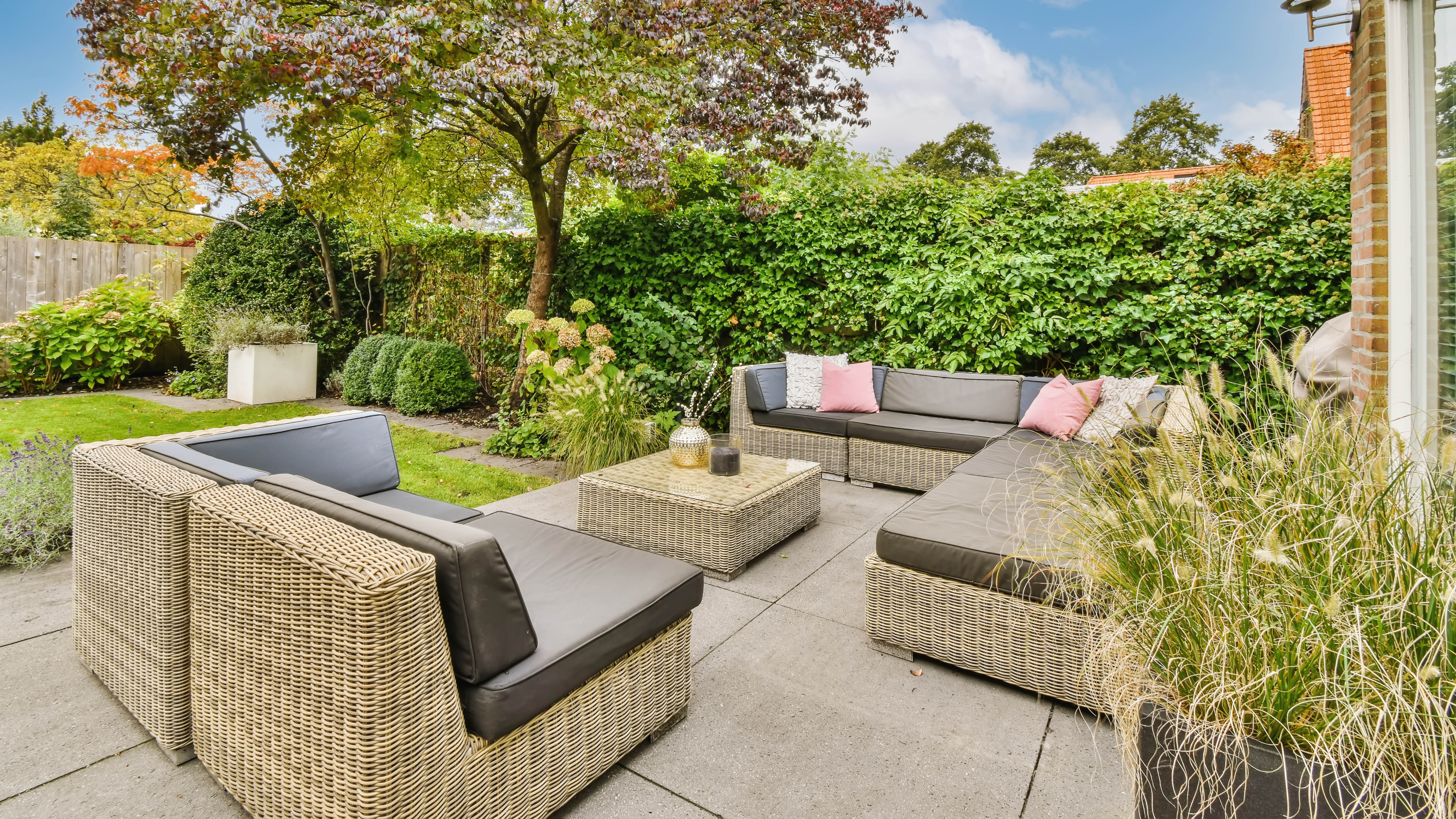
You can trust your garden will burst into life each spring, returning to its former glory after a dormant winter. There’s a reassuring rhythm to this pattern, but there’s no need to stick to the same plantings each year. Instead, it can be healthy for your garden to get a seasonal refresh — and it allows you to explore new ideas as well. Just as interior design and fashion trends change with the seasons, so too do outdoor trends. By adjusting your choice of plants and landscape design, you can make your outdoor space feel modern and new again.
Gardens can and should be tended year round, but spring is the best time to give them a refresh. This is the time of year when most plants are emerging from their hibernation or getting ready to grow, so it’s the ideal time to introduce new plant life to your outdoor space and change things up. The warmer temperature and longer days provide seeds with the conditions they need to germinate and grow, while the wetter weather provides important hydration. Planting in spring also means that the ground will be softer and easier to work with. With summer just around the corner, you’ll be able to reap the rewards of your labor in no time.
So where should you start? Here are some popular trends that will keep your outdoor space feeling current and full of life.
1. Meadows and Eco lawns
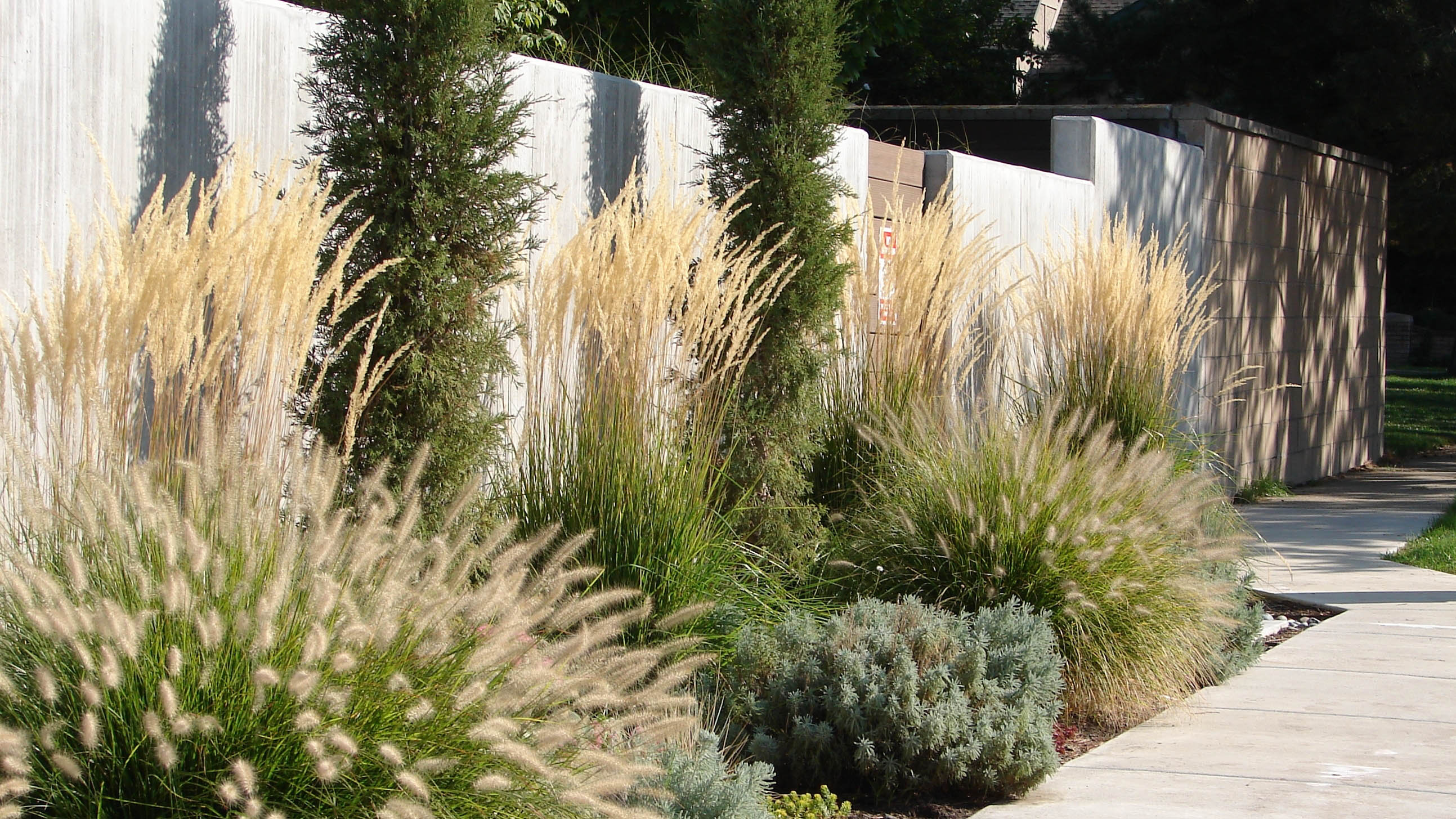
The manicured, green lawn may be an iconic symbol of happy suburbia, but gardeners are increasingly turning towards more environmentally friendly options that are native to the surrounding area. Replacing the traditional grass lawn with an eco-lawn of clover and other local plants results in a hardier green canvas that uses less water. These lawns have a similar look, but the eco-lawn requires less maintenance as clover is naturally heat- and drought-resistant. It is also incredibly versatile and better suited to shady conditions than standard grass, making it easy to deploy clover in a variety of different back yards.
Meadows are another choice that is gaining popularity amongst those with larger backyards. Meadows are characterized by a mix of grasses, herbs, woody plants and wildflowers and are a more natural environment for local flora to thrive in. They attract local pollinators and look very attractive, with more organic variation than a plain grass lawn. While it can take around three years to fully cultivate a meadow, you can start laying the foundations immediately. Horticulturists recommend weeding the area to remove competitive plant life and then laying down seedlings for the first layer of vegetation, such as clovers, native grasses and flowers.
G & F 1852-3 Women Soft Jersey Garden Gloves: $11 @ Amazon
Combining practicality with pretty, we recommend these women's gardening gloves for an affordable, but dependable accessory. They ranked as the best gloves for small hands in our best gardening gloves test. We found them to be both comfortable and soft, with good dexterity. Plus, you get three colors in a pack which is amazing value for money.
2. Vegetable gardens and “edimental” planting
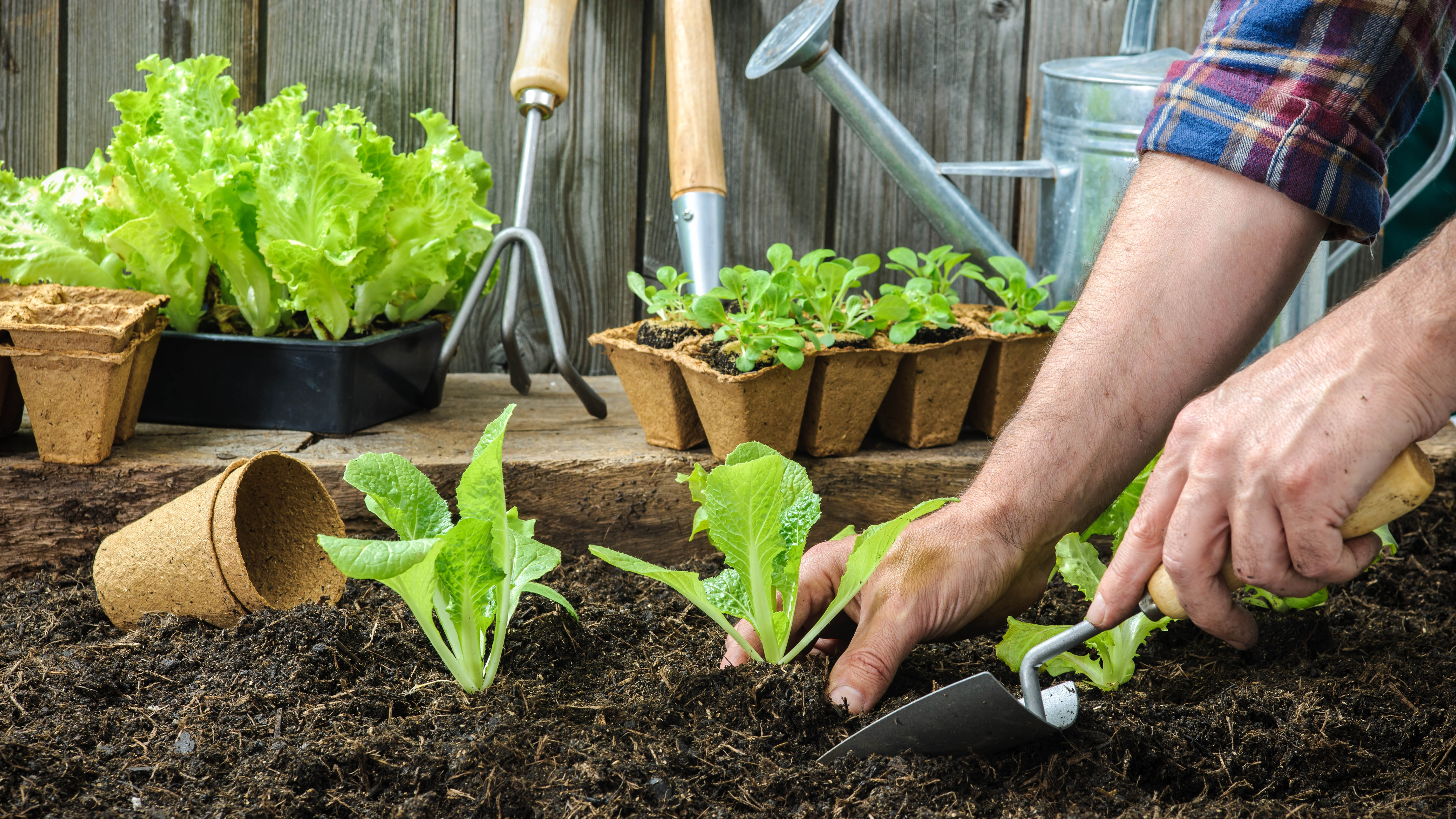
Whether you have a small or large backyard, using some of the space for a vegetable garden is a great way to cultivate visual variation and bountiful produce. Increasingly, people are becoming more interested in healthy choices and access to fresh vegetables, with a home vegetable garden the most local form of farming there is. Yet that doesn’t mean you have to sacrifice elegant garden design. A new trend, “edimental planting,” involved combining edible plants with ornamental landscaping to create areas that are both attractive and delicious.
Larger outdoor spaces could use edimental planting throughout their borders, while smaller gardens might focus on a few smaller containers. While it may sound complicated to try and achieve healthy vegetable plants and a pretty aesthetic, much of edimental planting is about letting the plants grow their own way. Rather than painstakingly planting your vegetables in orderly rows, edimental patches allow the plants to sprawl and grow together in a more free flowing way. This is both less time consuming and more visually stimulating.
Sign up to get the BEST of Tom's Guide direct to your inbox.
Get instant access to breaking news, the hottest reviews, great deals and helpful tips.
3. Perennials for improved carbon capture
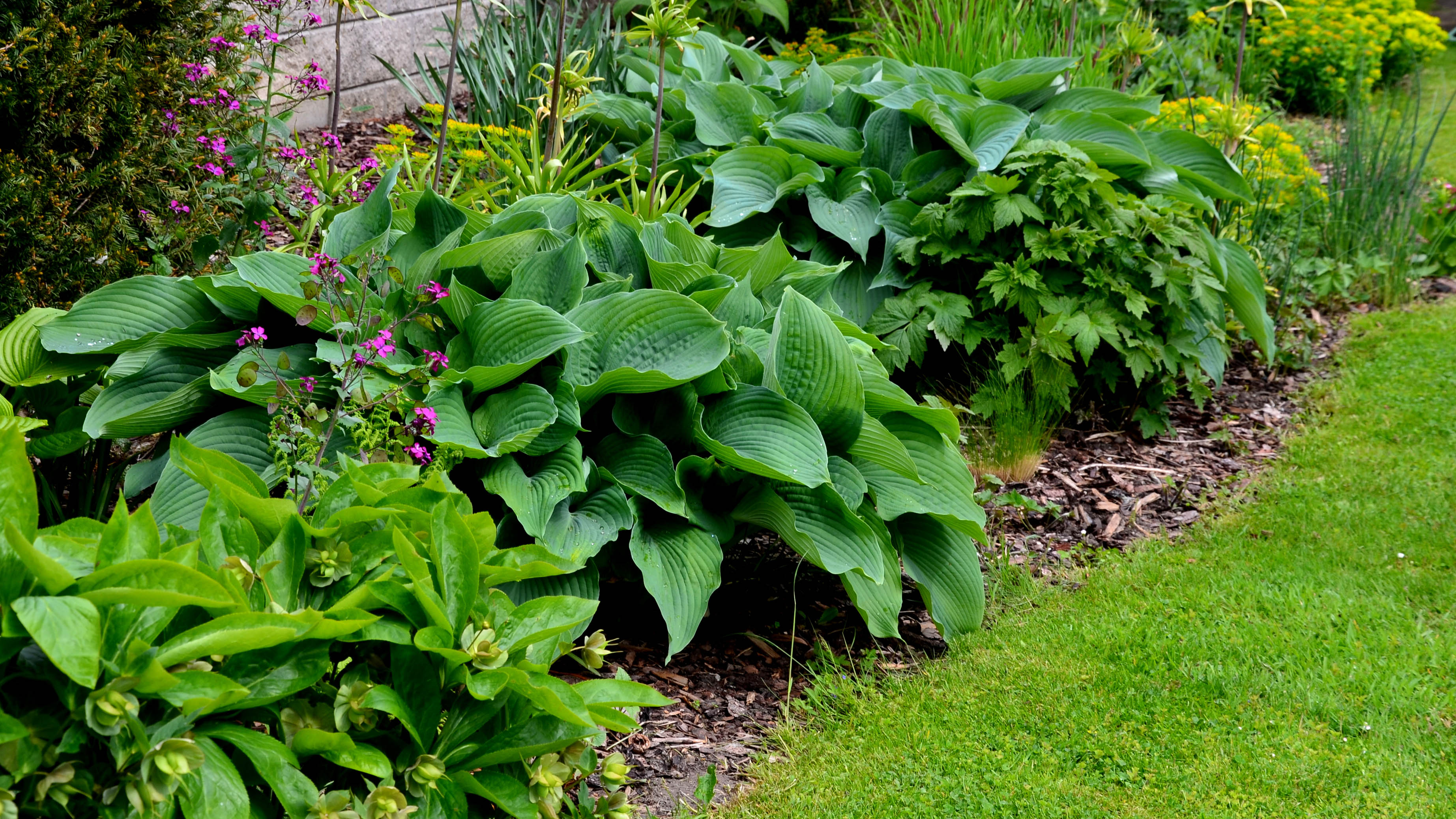
A perennial plant is one that will bloom year after year, with dormant periods during the winter. As long as you give your perennial adequate care throughout the year, it will flourish again once spring returns. Perennials are a favorite of many gardeners as they don’t need to be replaced every year, making them cost- and labor-efficient. But they also have another superpower: by staying fixed in the ground, they help to keep carbon trapped in the soil. This is a major contributor to keeping our environment healthy, yet doesn’t require any additional work from the gardener – a win-win situation.
Perennials come in many shapes and sizes, including popular vegetables like kale and asparagus. This means that you can achieve two spring trends in one by planting these vegetables in your garden, with fresh produce for your table available in just a few months’ time. It also lets you find plants that are also well-suited for your yard’s specific climate conditions, so you can ensure that they thrive.
4. Container gardens and creative pots
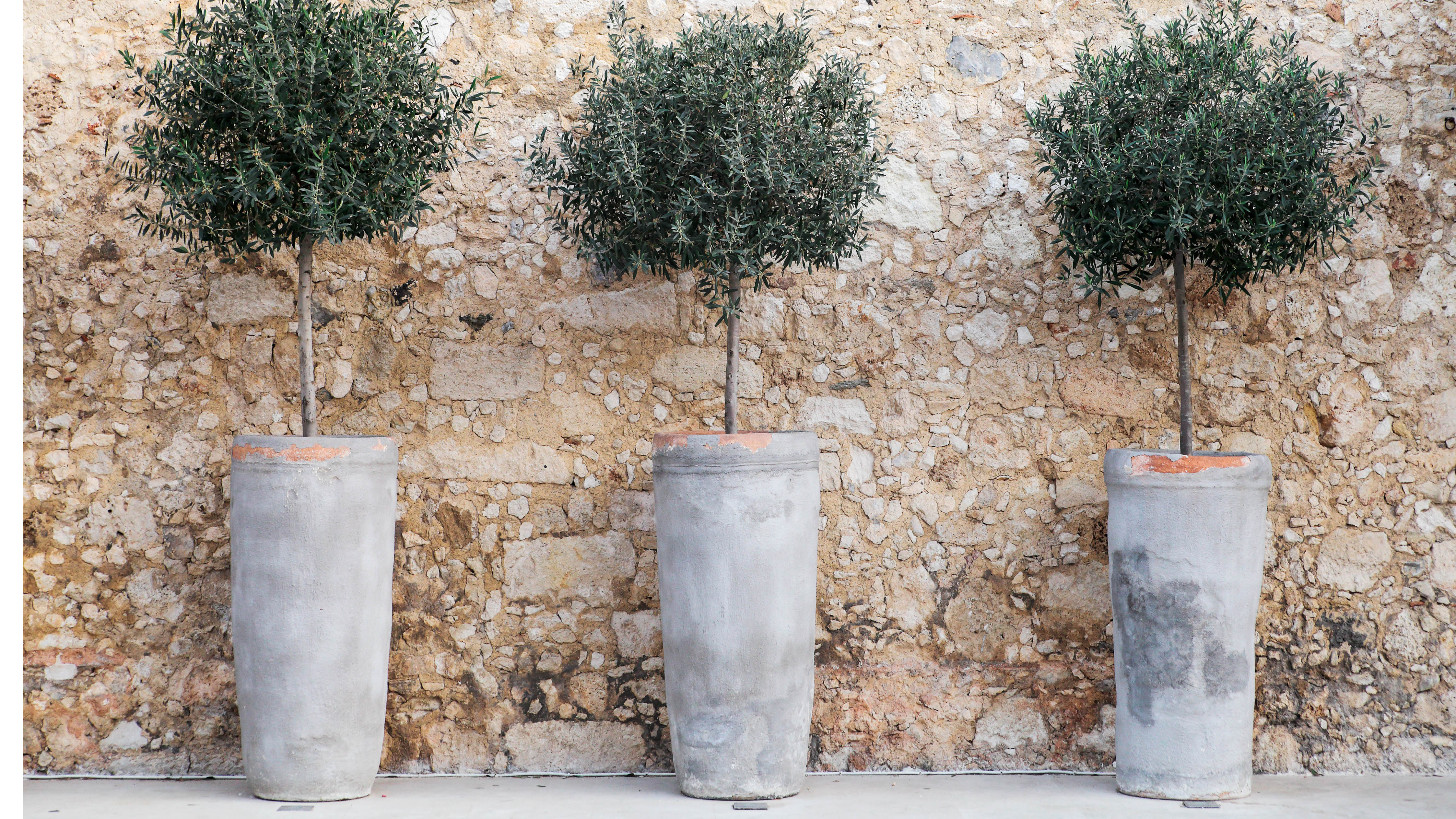
It’s not just lawns and large open spaces that are getting a refresh in spring 2024. With many people living in smaller spaces or participating in community gardens, there is growing interest in more creative planting arrangements that use containers and pots.
By planting in several smaller, fixed spaces, you can then put the containers together to create a range of different geometric shapes. These can be placed around a gravel garden, on a backyard patio or even on an outdoor table as a centerpiece. If you’re really limited on space, then a single pot or container can still be very visually effective, providing a pop of color and life to an otherwise urban landscape. Another option is to use hanging containers, which require zero floor space.
While a planter is usually able to host a single plant, containers are effective ways to pack several different plants into a tight space. They can mimic the look of a border, just at a smaller scale, and allow more diminutive plants to shine by lifting them up; they might get lost amongst taller peers if planted in a regular bed of soil in the garden.
5. Eco-water features (for rainwater)
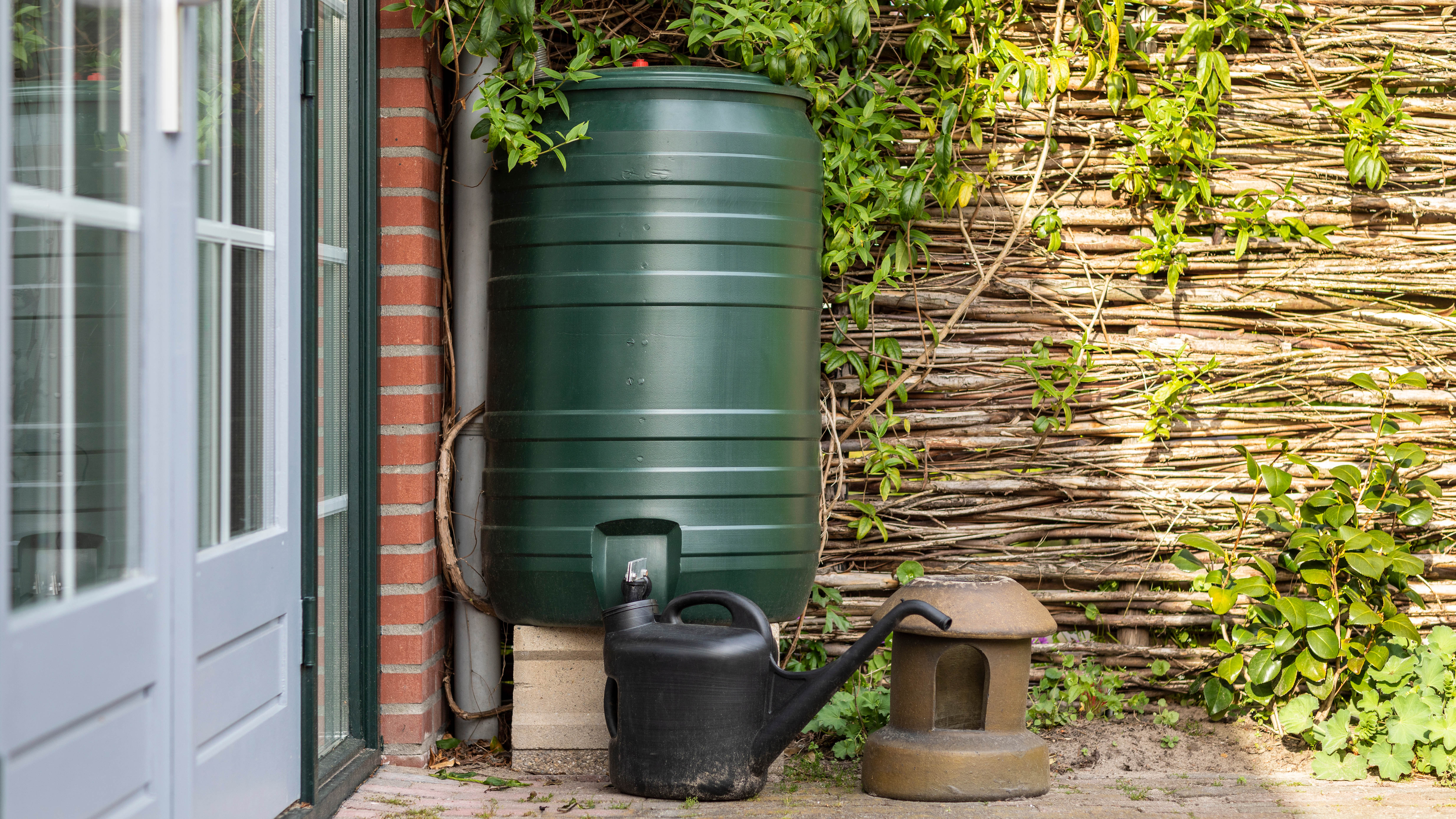
It has always been popular to include water features in landscape design, as they evoke the natural world in a more stylized way. Just look at the grounds of any stately home or historic building and you’ll likely find a fountain, pond or other water feature. They are known to be soothing, both to look at and listen to, and they allow you to grow plants that are more suited to wetlands and even host fish or other aquatic life. The problem is that today, these features can feel like an unnecessary use of water when many areas are experiencing drought.
This is why eco-water features are growing so popular. Some of these collect and run off rainwater, allowing you to enjoy the charms of a water feature without worrying about their environmental impact. They are also a way for you to repurpose that water for useful purposes, whether that’s funneling rainwater towards a bird bath, water fountain or future plant watering. Alternatively, you could incorporate a solar powered water feature, to reduce your energy footprint without compromising on the effect.
Plus, check out 7 ways to collect and reuse rainwater. And rain chains: 5 reasons to buy and 1 reason to skip for more tips.
6. Neat hedging to balance out wild planting
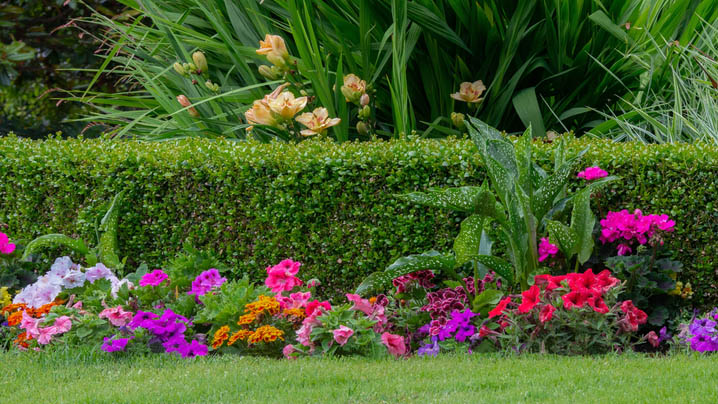
Even as many gardeners are introducing more natural planting designs, they still want their backyards to look intentional and well-taken care of. To help create the right balance of wild and tame, a growing trend is to introduce topiary or hedges to help segment outdoor spaces and provide some order. The contrast between a neatly pruned hedge and a sprawling flower bed is interesting to the eye, but also a nice way to explore different aesthetics without wholly committing to just one approach.
Pruning these plants can also be a very meditative activity, replacing the labor-intensive lawn care that won’t be necessary with a meadow or eco-lawn. If you’re looking to achieve this in a more confined environment then bonsai trees can create a similar target for meditative pruning, on a miniature scale.
7. Smart yard tech
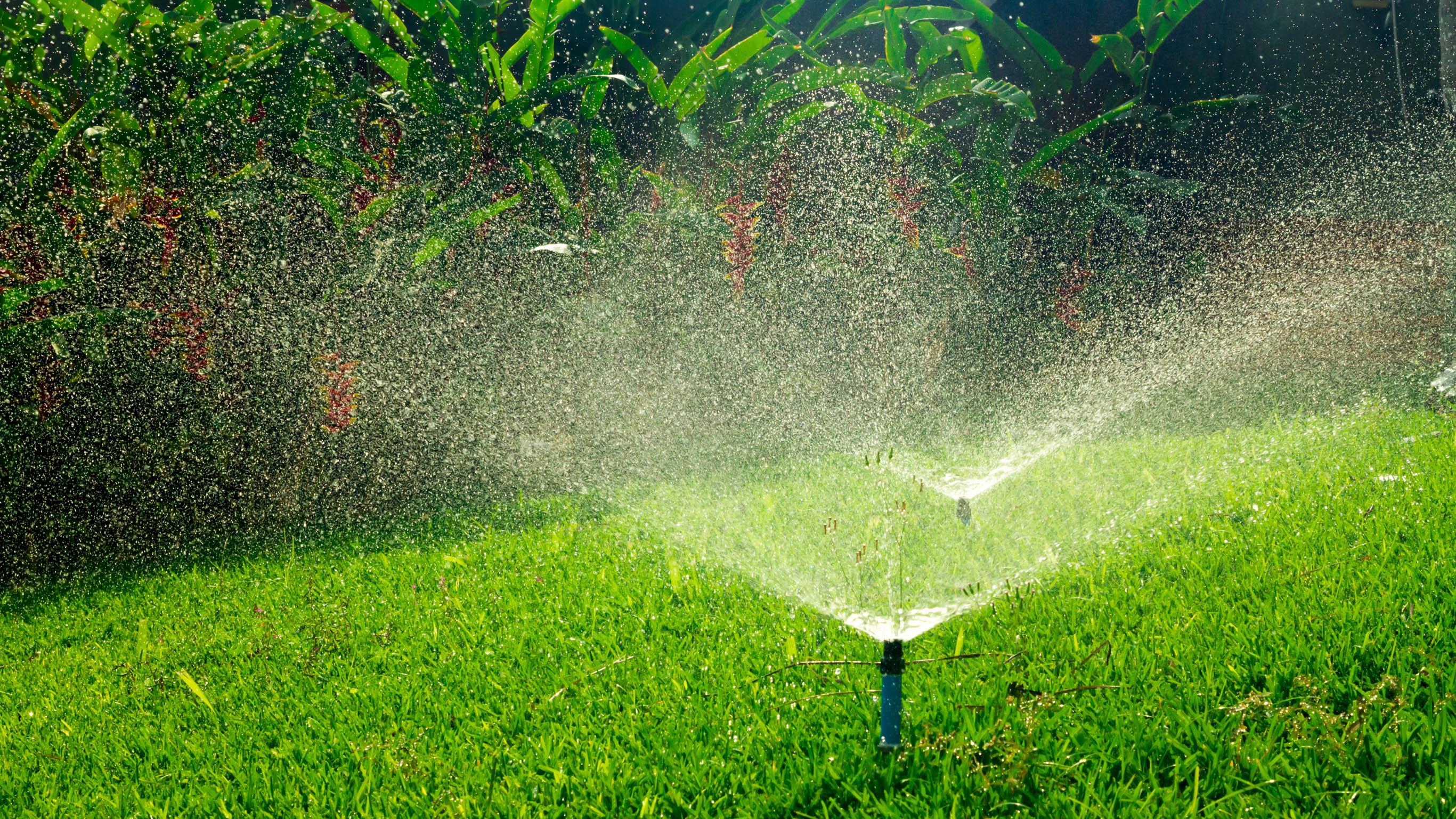
There are smartphones and smart homes — and now there are smart yards. If you’re looking to simplify yard maintenance while also cutting down on excess water expenditure, then a smart sprinkler system could be the new garden trend for you. These sprinklers work just like regular ones, but they are managed by a smartphone application that uses weather patterns and forecasts to detect when it is actually necessary to turn on and off. This ensures that your plants receive sufficient hydration, without wasting extra water. Not only is wasting water bad for the environment, but an excess of water can also lead to plant issues like root rot, so you’ll be killing two birds with one stone.
Other smart technologies for the garden include grow lights, which can be used to promote plant growth during unexpectedly shady days or in poorly lit areas. While more commonly used indoors for houseplants, these grow lights can provide supplemental light to outdoor plants if used strategically.
8. Pollinator plants to support native wildlife
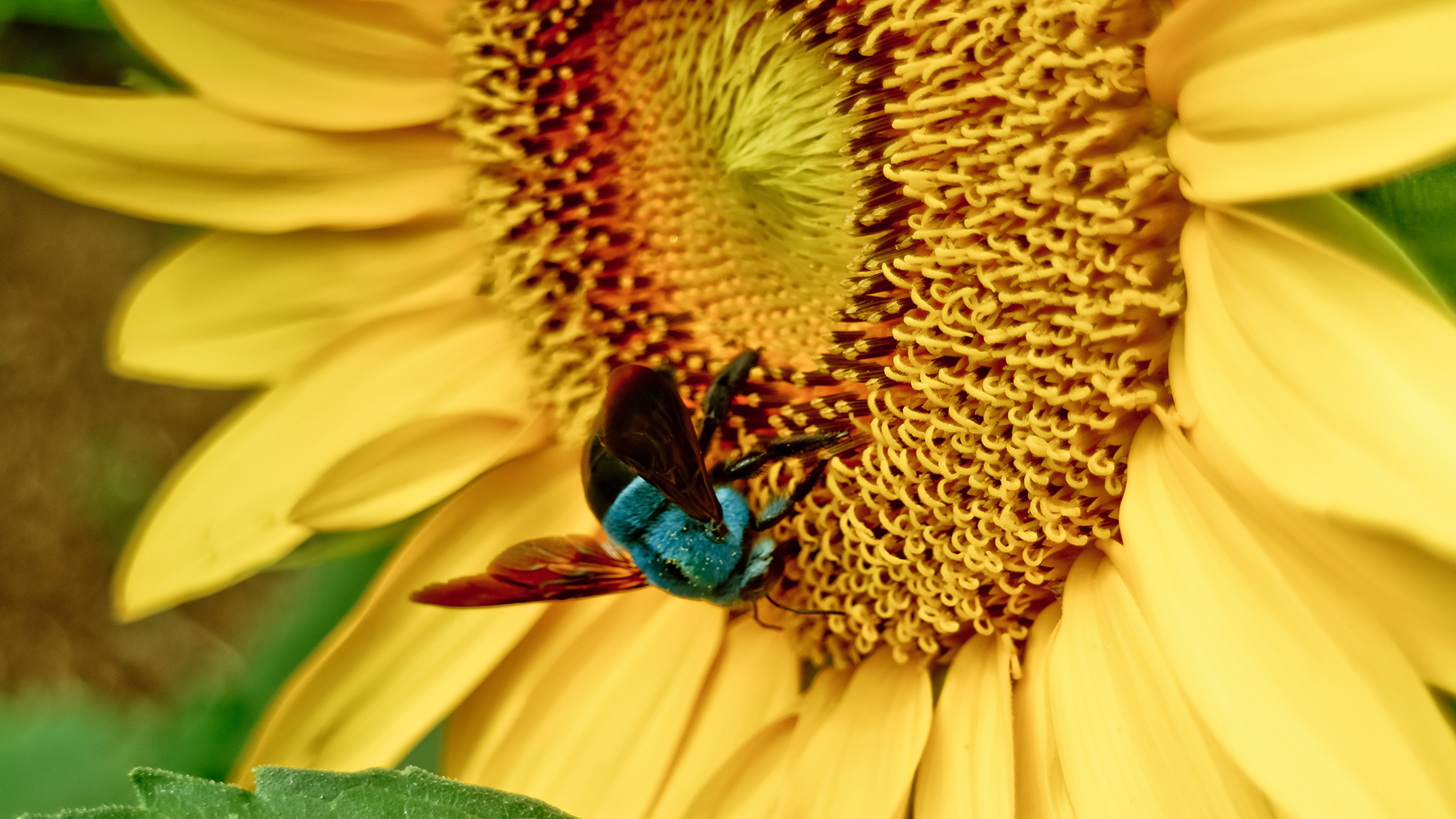
Much media attention has been given to the shrinking populations of bees, monarch butterflies and other pollinators, so gardeners are getting proactive. A popular choice in 2024 is to include more pollinator plants throughout the garden, to encourage bees and other insects to visit and feed on the nectar. Many of these plants are also appealing to humans, thanks to their pleasant fragrances and pretty colors, so you won’t be compromising on the aesthetic of your yard. This is also a very accessible trend, as a single container of pollinator plants can contribute valuably. Of course, if you have the room to plant an entire border of these plants, then that would be even more effective for the local pollinator populations.
It’s not just bees and bugs that help to pollinate the garden. Birds are an important part of the local ecosystem and can be a charming addition to your garden, so keep this in mind if you’re feeling uncertain about attracting more insects.
9. Bright neon colors
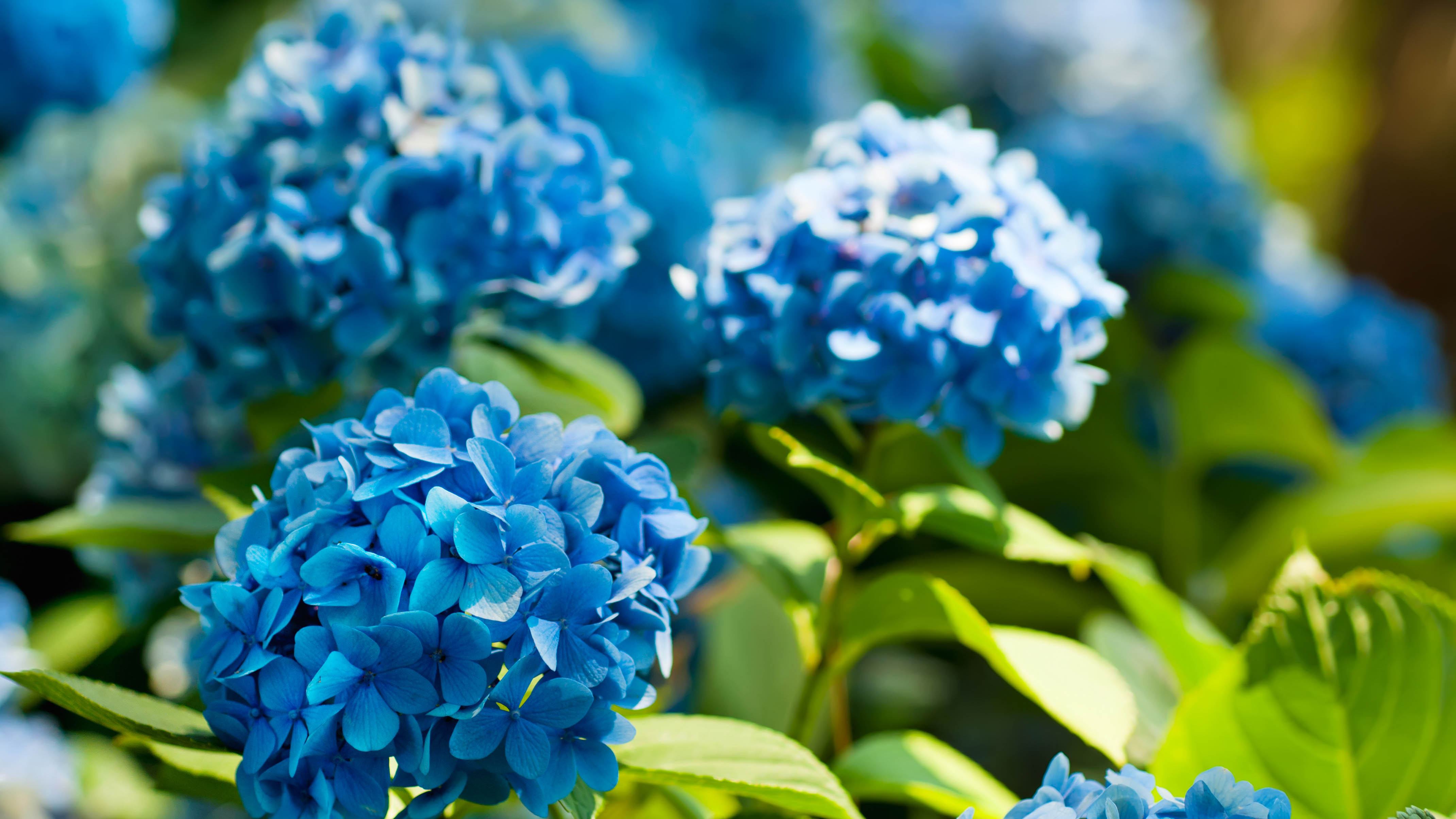
From a purely aesthetic perspective, there has been a shift in the kinds of color combinations that are trending right now. Previous themes have focused on serenity or on monochromatic order, but now there is a growing desire for fun, vivacity and playfulness. Neon green is a popular choice for adding some color as it’s still within the green family, but offers some visual contrast.
Garden designers are also observing that many people are choosing to combine pink, purple and green colors throughout their garden, to evoke the color trends of popular cultural phenomenon, the sci-fi series and video game The Last Of Us. These unexpected colorways are vibrant and whimsical, which feels particularly fresh in 2024.
More from Tom's Guide
Madeleine Streets is a writer and content manager based in New York City. She covers an eclectic mix of lifestyle, technology, finance and health and has been published in Tom's Guide, Women's Wear Daily, SELF, Observer, Footwear News and others. Originally from London, Madeleine has a penchant for tea, baking and moody weather. When she’s not writing, you can find her exploring the city’s bookstores, hunting down new restaurants, fostering cats and cheering on Arsenal FC.
